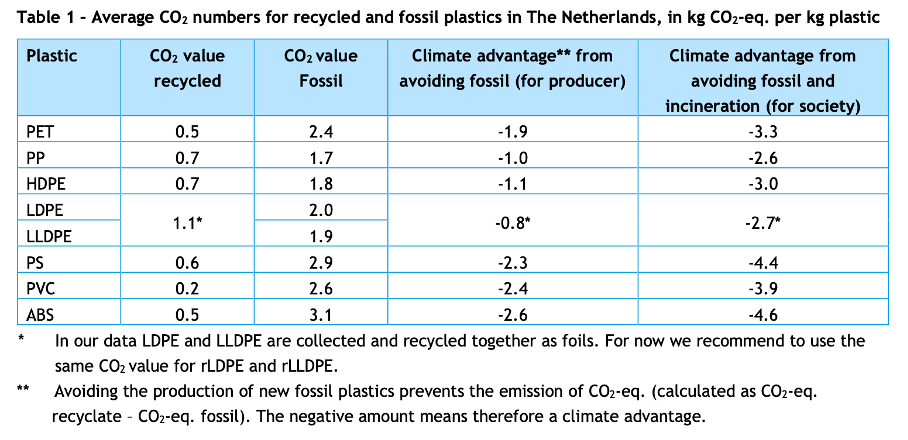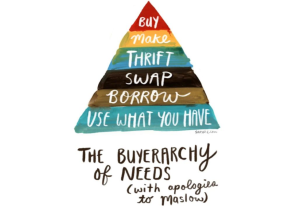We ask clubs to take actions against plastic pollution and become more climate friendly, and more sustainable.
What actions can your club take to reduce single-use plastics, microplastics, reduce impact for CO2 absorption, biodiversity & human health
- Become a supporter or ambassador club for End Plastic Soup.
- Invite an ambassador of EPS to speak at your club.
- Educate members on the dangers of plastic pollution and what can be done to curb the plastic pollution problem.
- Develop club strategies so your club will have zero waste meetings and events.
- Participate in local community clean up activities.
- Create opportunities in local schools and communities to educate others on how to Refuse, Reduce, Reuse, and Recycle waste.
- Work with local schools to eliminate plastic waste in their cafeterias.
- Work with local businesses to eliminate plastic waste.
- Support local and international Rotary environmental projects including but not limited to climate restoration, coral reef restoration, Adopt a River, and ESRAG programs.
- Educate members on the direct correlaten between CO2 and plastics.
- Organize an awareness event in your Club and/or District and/or your local Community.
- Make a selection of example action(s) available in the Cookbook of actions.
- Organize a Climate Fresk and/or Plastic Collage serious card game in your club or in your local community.
- Create an action plan for your Club to reduce Microplastics at high schools, sport clubs, local businesses via local and social media.
- Create awareness actions to reduce cigarette butts in the environment.
What actions can individuals take?
- Refuse Single Use plastic (packaging, food, drinks):
Bring Your Own (BYO) bag, bottle, cup, plate, box, utensils. Change your habits by asking yourself these questions “do I need this product?”, “what alternatives can I use?”, “why and why not.?” - Learn to shop responsibly looking for plastic free products for all essential household products. Look for a refill store in your area.
- Use alternative cosmetics (shampoo, soap, lipstick, sunbream) with no microplastics.
- Educate yourself on the impact of toilet paper, paper towels etc. on climate change. Use products such as “Who Gives a Crap” toilet paper.
- Reduction of buying: see the ‘Buyerarchy of Needs‘ below
Use what you have, borrow, swap, thrift (second hand), or make it yourself before buying new. - Cleanup, declutter, collect, sort and dispose, when possible, using proper waste management or improve collection and automatic sorting to enable recycling.
- Host plastic free parties and events.
- Reduce automatic washing of synthetic clothes and avoid/reduce the use of a dryer.
- Reduce car driving and reduce microplastics that are a result of the increased wear of car tires.
- Properly dispose plastic articles that fall apart or wear out causing desintegration into microplastics.
Learn where plastic is hidden and the C02 impact during production and incineration
- PET (Polyethylene terephthalate) is used for bottles, but also small food baskets (tomato, mushrooms, fruits)
- PP (Polypropylene) is used for e.g. buckets, margarine cups, soap bottles, playing balls
- HDPE (High Density Polyethylene) and LDPE (Low-density polyethylene) are used for all kinds of strong and weaker products and sheets and foils (mostly used for packaging).
On average 1 kg of plastic equals 3 kg CO2-equivalents for production and incineration
- 44% of all plastic consumption is packaging, mostly related to food.
- Multiply your waste by an average of 2 for the avoidance of CO2 for production or 3 when including incineration. Currently most plastic waste is still being burned (or exported) as the recycling market is not yet regulated and financially sustainable.
- Examples: 5 plastic shopping bags (60-70 gram each) cause 1 kg CO2-eq.
A thin foil weighs 5 gram, a small plastic food basket/package 10 g and a larger food basket with cap 15 g, a bottle 17 g, and a yoghurt package 30 g.
Note: an empty drink pack weighs 60 g, but only the inside is plastic (with aluminium: Polyal), less than 6 g, a single use drink cup weighs 3 g. - In the Western world we use 1500 plastic packages per year (4 per day per person, mostly related to food). Average per person: 24 kg packaging plastic waste = about 72 kg CO2-eq.
Example questions and motivators for the Club:
- Measure the weight of your plastic waste: at home (when sorting), the waste after your club meal or event.
- For events and dinners, please estimate the number of kilos plastic waste.
Above CO2 calculation figures are based upon the figures in the table below.

Reduction of buying
See the ‘Buyerarchy of Needs‘ below: Use what you have, borrow, swap, buy secondhand, make it yourself, buy smart, check labels, buy for the longer term, and ask advice.

Cleanup
Example question for the Club:
- Do you perform cleanups?
- Can you estimate the number of pounds of plastic waste you collected?
Note: do not include the estimated weight of other waste (metal cans, glass, substance/fluids of packages and bottles not emptied). - Assume most plastic waste collected is mixed plastic, and will be burned. Take an average of 1:1 to calculate the CO2 emission of burning.
Other advantages of reduction of plastic and plastic waste include:
- Social/emotional impact of living in an area free of plastic pollution.
- Create jobs in the environmental space.
- CO2 savings: For every kg recycled plastics, emissions are reduced by up to 3 kg CO2.
- Realize upcycling opportunities in your local community and elsewhere in the world.
- Save natural resources: Every kg of recycled plastics avoids the use of 2 kg oil. Instead, it potentially can replace (hard)wood applications.
- Save nature: By removing foils from nature, you reduce suffocation and entanglement of wildlife and reduce microplastics.
- Local economy: Remain attractive for tourism by reducing litter and being eco-friendly.
Note: Thanks to Rik Voerman, Triple benefit, source: https://triplebenefit.nl/#Benefits
References
- https://www.ciel.org/project-update/plastic-climate-the-hidden-costs-of-a-plastic-planet/
- https://www.co2everything.com/co2e-of/plastic-bag#:~:text=One%20single%2Duse%20plastic%20bag%20is%20equivalent%20to%201.58kg,equivalent%20to%201.58kg%20CO2e
- https://timeforchange.org/plastic-bags-and-plastic-bottles-co2-emissions-during-their-lifetime/
- https://triplebenefit.nl/#Benefits
- https://pba.umich.edu/the-buyerarchy-of-needs-what-it-is-and-how-to-use-it/
- www.ce.nl
- https://endplasticsoup.org/facts-and-figures/
- https://endplasticsoup.org/new-research-and-developments-regarding-microplastics/
- https://www.tno.nl/en/sustainable/circular-plastics/microplastics-unknown-risks/reducing-microplastics/
- www.BecomeSustainable.org
- https://esrag.org/every-club-climate-friendly/
- https://youtu.be/Yomf5pBN8dY?si=BFC2UqAydqP4_6dj
- https://www.youtube.com/watch?v=M1_zb10euFo
- https://www.cbsnews.com/news/bottled-water-nanoplastics-up-to-100-times-more-plastic-pnas/
- https://oceanconservancy.org/news/its-not-just-seafood-new-study-finds-microplastics-in-nearly-90-of-proteins-sampled-including-plant-based-meat-alternatives/
- www.mcsisters.org
